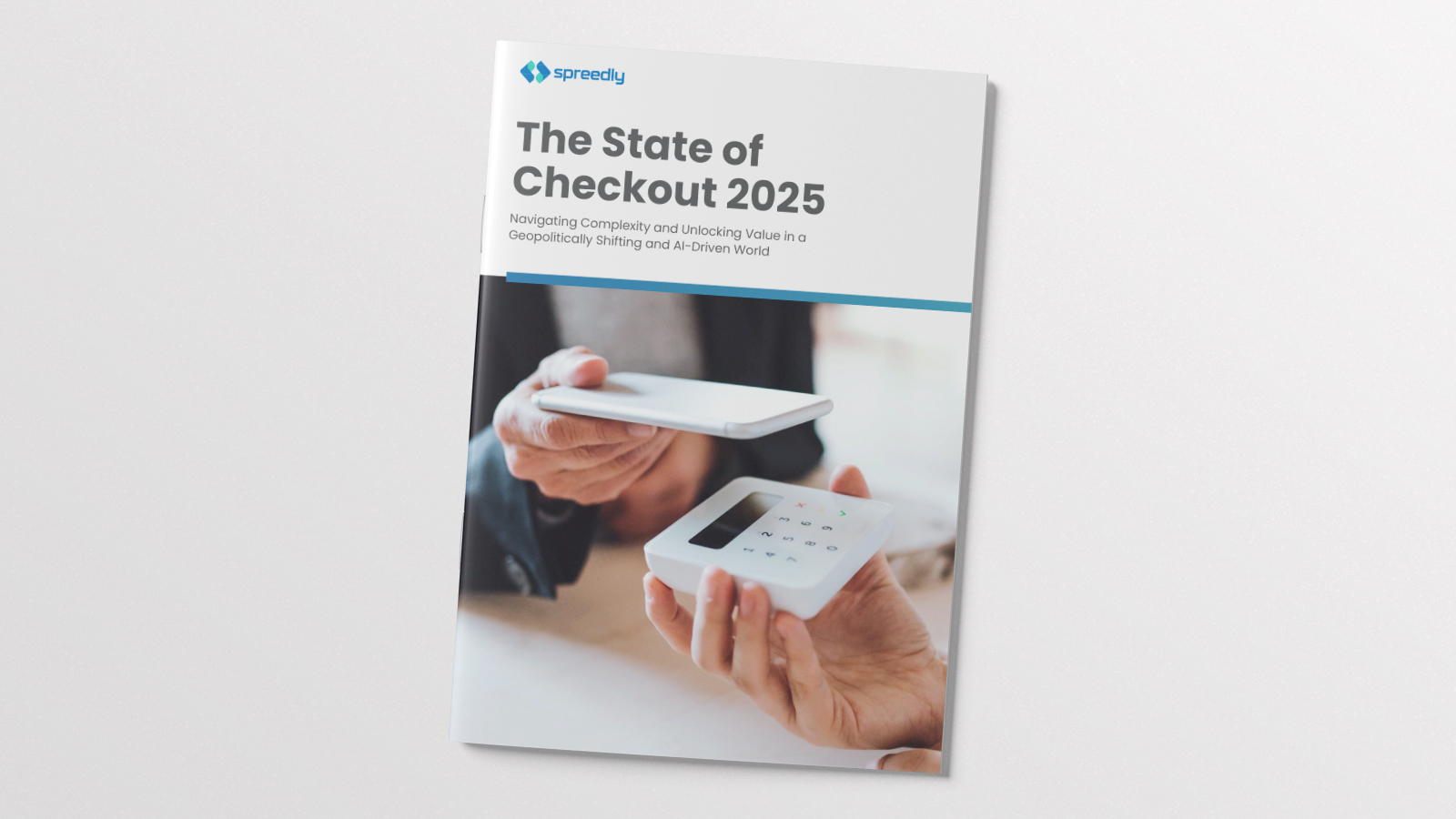.png)
The pandemic has without question accelerated evolution in the payments industry — impacting core trends and transformations already underway and creating opportunities for all participants.
I always start by looking at problems to be solved and jobs to be done. Thinking about payments from the perspective of merchants, the pandemic put a spotlight on two perennial challenges — neither of which is new:
“How can we reach more customers?” and “How can we create and fulfill more demand?”
The pandemic shut down many traditional paths of access to customers. And overnight it manufactured a huge spike in demand for certain goods and services. It also erased demand for others.
The Rise of Platforms
Enter platforms. We’re now seeing a rapid increase in platforms offering merchants a shortened runway to the customer or easier access to high-demand services. While once nice to have technology, speed to market and limited resources are quickly making these platforms necessary investments.
We also see a new generation of innovative start-ups quickly evolving driven in large part by the new needs and changes our new normal has created. History has shown us that many services that grew quickly on the back of mobile technology, ran into growth constraints as their hastily built payment stacks proved inflexible and costly to scale. Today’s startups tend to be more savvy and seek to avoid those pitfalls by future proofing for rapid expansion from day one. One of those strategies is to leverage platform technologies.
At Spreedly, we’re fortunate to work with many successful platforms across industries and verticals who are pushing the payments envelope in exciting ways.
Toast, for example, is expanding their POS service for restaurants to capitalize on contactless payments and order ahead trends. The Washington Post’s Arc Publishing platform offers a purpose-built CMS and payments tools for digital publishers that, for example, reduces time-to-market for rolling out a complex content paywalling strategy. Pushpay, a leading online giving platform for churches and non-profits, is bringing payments innovation to organizations that have historically been tech-hamstrung or slow adopters. Fonteva uses Spreedly to power their Salesforce-based solution for associations and member communities, where a bring-your-own-gateway approach and support for a range of dues and subscriptions models has increased their total addressable market and competitive advantage.
What all these thriving platforms have in common is they are enabling their merchant partners to focus their resources on the most important, value-add areas of the business by partnering for non-core competency tasks. This in turn accelerates time-to-revenue for those merchants — and the platform. These platforms are helping their merchants position themselves to grow faster and more efficiently because valuable resources are freed up to focus on the customer’s needs.
Market Forces Driving Payments Orchestration
So what does all of this mean for the payments ecosystem?
At the highest level we think about merchants as your traditional B2C or B2B businesses. Whereas a platform typically automates a specific aspect of the business and serves as a layer between the merchant and the end customer. Different business models certainly impact the relative importance and nature of their payments needs.
With traditional merchants, technology maturity level usually dictates the needs. These range from basic payments enablement (e.g.: help me offload regulatory obligations and reduce the burden of building and maintaining payments infrastructure) all the way up to advanced revenue optimization (e.g.: help me improve success rates, reduce fees and costs, and leverage payments as a strategic asset and differentiator).
Because platforms aggregate merchants who come to the door with varying levels of payments sophistication and preexisting vendor relationships, platforms face additional challenges around flexibility, choice, and supporting a wide range of payments providers. They are hyper-focused on providing a great merchant onboarding experience and are in a position to leverage strong payments flexibility as an important competitive differentiator.
Platforms also have to seamlessly manage complex payments flows like the many models of pay in / pay out. As their merchant base expands globally, APMs, regional compliance, and data locality increase in importance.
It is because of all these factors that Payments Orchestration is no longer a nice to have — it is a must have for rapid growth and expansion.
In terms of real-world business challenges addressed by Payments Orchestration, a few examples:
Always On Payments
Payments must be “always on”, so at minimum, platforms need fail over orchestration across multiple gateways to establish redundancy and resilience in the face of inevitable provider outages or degradations of service. Platforms can bake this service into their offerings to take this burden off the shoulders of their merchant customers.
Payments as a Revenue Generator
As a company’s mindset shifts to payments as a revenue generator and business enabler, tools like smart routing become important. An Orchestration layer uses data to direct every transaction to the gateway where it’s mostly likely to succeed. Smart routing can also be leveraged to inexpensively A/B test providers’ performance in a new market. And for cost optimization to take advantage of volume discounts or better fees with a given provider for low risk transactions.
Simplifying Complexity
A key aspect to consider is that working with so many providers brings new challenges as well as the benefits. Settlement and reconciliation reporting for merchants is more complicated, putting additional burden on the back office. Platforms that provide a unified, 360 degree view of the entire transaction lifecycle across all providers can drive greater efficiencies and cost savings for their merchants.
Platforms that want to succeed are indeed leaning into this rapid evolution of payments. They are working in a durable multi-gateway strategy, and taking advantage of the go-to-market speed they can gain through Payments Orchestration.
Want to read more?
“Why Payments Orchestration Is Becoming A ‘Must-Have’ For Platform Merchants”, PYMNTS.com




